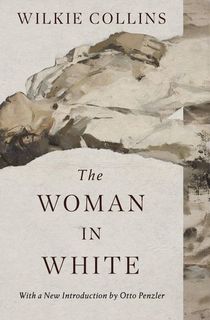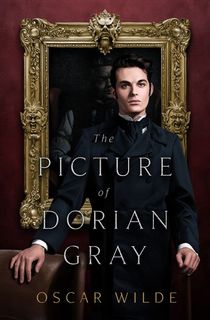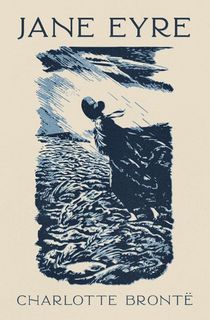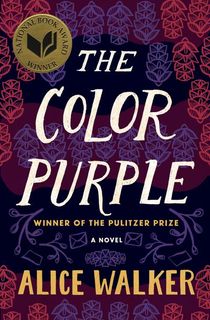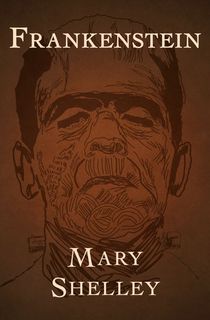In the 18th century, The Castle of Otranto, the first book described as "Gothic" by its author, was published. This burgeoning genre quickly gained traction, and by the last decade of the century, Gothic literature had reached its peak. And while it may have slowly ebbed to the background in favor of more accessible historical novels, the Gothic genre has not only maintained its presence, but spun out into several subgenres.
Though the term "Gothic" can be applied to any number of things from personal style to architecture, it may be harder to grasp the meaning of when it comes to literature. It covers a broader range of styles and topics than one might think, while still maintaining a tight focus on theme. So, what exactly are Gothic books, and how does Gothic lit function through its subgenres? Let's get into it.
Related: Why You Should Re-Read Rebecca, Daphne Du Maurier's Gothic Classic
An Introduction to Gothic Lit
The main and defining feature of the Gothic genre is its link to the past. Setting it apart from the broader spectrum of historical fiction, the past in these stories often looms overhead menacingly—a haunting reminder of a time that refuses to stay buried. And, like the Gothic architecture previously mentioned, this collision of past and present is heavily obscured by shadow.
Gothic books rely heavily on the dynamics of fear, though it would be incorrect to paint the wider genre as horror. The genre is deeply rooted in the personal reflections of this fear, employing bleak yet picturesque scenery amidst a melodramatic narrative. More than fear, it is perhaps a grim dread that encompasses this genre. It often touches upon a claustrophobic atmosphere, surrounding its characters with ruin and no safe place to turn.
Related: 9 Award-Winning Psychological Horror Novels
Tales within this genre are full of secrets and mystery, often in relation to some horrible, life-altering event. Themes tend to revolve around alienation and persecution, often in connection to deep psychological or social conflict of the times. Madness, morality, entrapment, and the cruelty of nature are frequent focal points of Gothic literature.
Take a look at these examples of popular Gothic literature and read on for more information!
What is Gothic Romance?
With the 1790 release of Ann Radcliffe's A Sicilian Romance, the Gothic Romance subgenre began to take solid shape. While Radcliffe's work adhered to the same basic principles of the broader genre, her tales opened the door to female protagonists.
Honing in on woman-centric alienation, the themes focused in on predatory sexuality, the shame of desire, patriarchal control, lack of agency, and the like. And as the stories of women began to sidestep their classic marriage plots, tales of romance took on a darker edge.
Take a look at these examples of popular Gothic Romance novels and read on for more information!
What is Southern Gothic?
In America, the South is so plagued by the injustices of the past that it feels like a ghost is lurking around every corner. Naturally, it sets the stage nicely for a Gothic subgenre dedicated to the region. In Southern Gothic literature, the violence of of its parent genre turns a focus onto racial tensions and severe poverty.
The more ghoulish elements of Gothic books are funneled through the southern lens of occultism. And from Civil War tensions to inequalities that have survived far too far into the modern day, there is much tragedy and melodrama to draw from.
Take a look at these examples of popular Southern Gothic novels and read on for more information!
What is Gothic Horror?
Perhaps the most well-known subset of Gothic books, Gothic Horror cranks the constant dread of the genre up into a constant terror. Leaning into supernatural elements, the ghosts of the past in this subgenre are more literal. The grim becomes the macabre, and while death may be present across all aspects of Gothic literature, it is more active and threatening within this subgenre.
This is a genre all about the unnatural, and while the quiet horrors of the style are a slow build, they linger far longer than the flashy scares of broad horror.
Take a look at these examples of popular Gothic Horror novels!
Featured image: Jez Timms/Unsplash.

